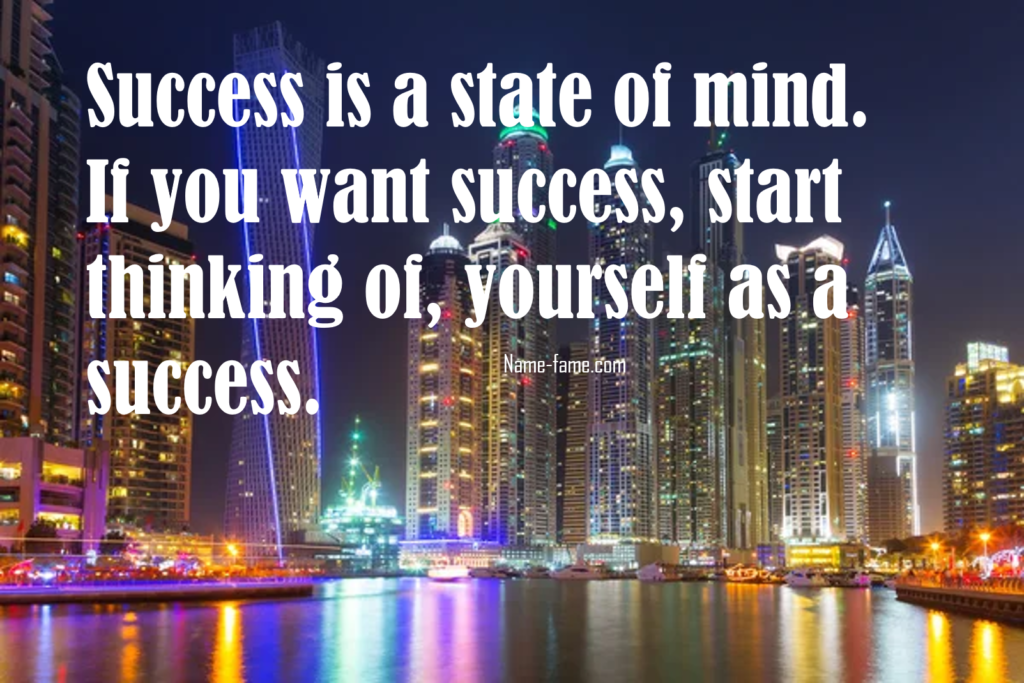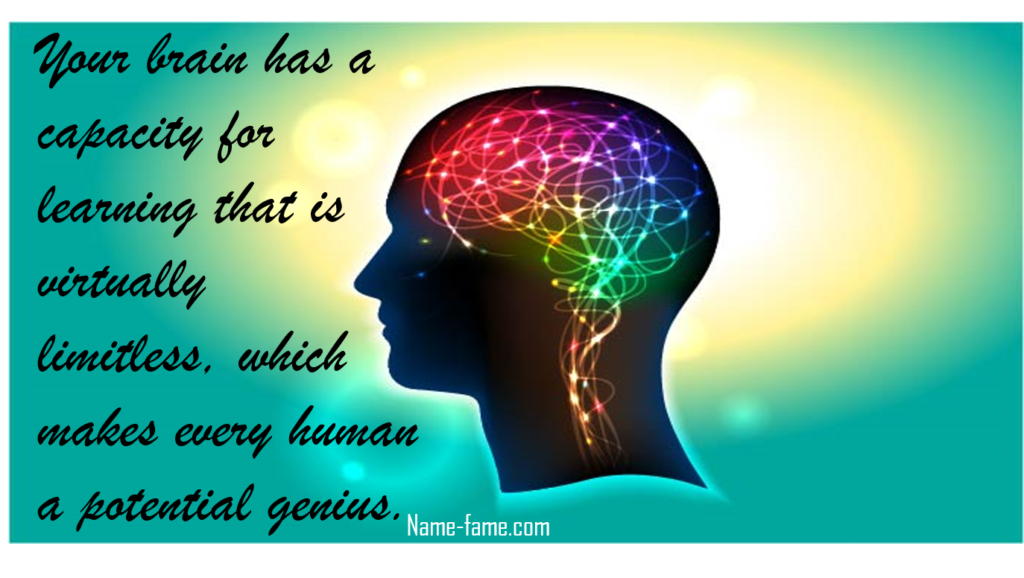Motivation is the energy that pulls us on in the face of challenges and the driving force for every goal we set. Each goal we set is driven by motivation, which is the energy that keeps us going when faced with challenges. But have you ever thought how this strong force is powered by your brain? Gaining an understanding of the science underlying motivation can help you maximize your efforts, boost output, and eventually succeed. The complex connection between brain activity and motivation will be discussed in this essay, along with how you may use this understanding to advance both personally and professionally.

Two forms of motivations are there:
Intrinsic motivation: When you are self-motivated to achieve something, it’s not due to a reward but rather because of how this makes you feel. For instance, someone who enjoys learning new songs and honing their piano skills might practice.
SEE ALSO: The Psychology of Money by Morgan Housel Summary
Extrinsic motivation: Extrinsic motivation is when you finish a job or work toward a goal in order to get a reward or stay out of trouble. An example of this would be someone who practices the piano in order to win a competition or stay out of trouble with their teacher.
Your brain’s reward system regulates your motivation, whether it is intrinsic or extrinsic. This system affects your body’s dopamine levels, a neurotransmitter and hormone that propels motivation.
Motivation’s Neurobiology
Fundamentally, motivation is the result of intricate interactions between chemicals, brain areas, and neural circuits that affect our behavior. The brain’s system of reward, which motivates us to pursue objectives and rewards, lies at the core of this system. Neurotransmitters including dopamine, norepinephrine and serotonin, each of which has a distinct function in motivation and mood regulation, control this system.
Dopamine is the most commonly known neurotransmitter linked to motivation. Dopamine, sometimes referred to as the “feel-good” neurotransmitter, is released in anticipation of a reward, like when we accomplish a goal or have a pleasant experience. This dopamine release encourages us to persevere and repeat actions that result in favorable consequences.
SEE ALSO: 10 Rare Skills That Will Set You Apart from 99% of people.
Arousal and alertness are influenced by norepinephrine. By increasing our awareness of our surroundings, it helps us stay focused on tasks and motivated to achieve our objectives.
Conversely, serotonin is associated with emotions of happiness and well-being. Serotonin helps sustain a good attitude, which is essential for long-term motivation, even though it is not as significantly involved in achieving goals as dopamine.
These substances work together to create a motivational circuit that enhances our capacity for action, concentration, and task engagement. The first step to discovering the mysteries of motivation is to comprehend this neurological mechanism.
The brain’s role in motivation: dopamine
The pleasant hormone dopamine governs the brain’s reward system and motivates us to engage in pleasurable activities. It transmits messages throughout the neurological system and is generated in the brain.
Eating ice cream, going on a pleasant bike ride, or spending time with friends are examples of enjoyable experiences that you can easily link to the feel-good state of mind that dopamine produces. However, it is also crucial for your physical and emotional well-being, including:
SEE ALSO: 10 Key Strategies for Recovering from Emotional Trauma
Recall, Delightful, Be mindful, Emotions, Studying, Rest/sleep.
What effects does dopamine motivation have on the brain?
By triggering your internal reward system, dopamine plays a crucial part in inspiring you to accomplish your objectives. It guides you to make decisions that bring back the good things and steer clear of the bad by teaching you what feels good and what feels awful.
The mesolithic pathway, also known as the reward pathway, starts in the middle of the brain and reaches the cerebral cortex. Dopamine is released and used in a number of different brain areas, including:
The ventral tegmental region (VTA) releases dopamine in response to a pleasurable stimulation.
The amygdala, nucleus accumbens, hippocampus, and prefrontal cortex are among the regions of the brain that receive this dopamine through dopamine receptors. Dopamine is absorbed in these four places, resulting in distinct roles.
The amygdala’s function is to analyze emotional cues and transmit signals to the hippocampus and other areas of the brain circuit. Dopamine stimulates happy emotions by informing your amygdala that you are enjoying yourself.
The brain is prompted to choose a behavior and carry it out by the nucleus accumbens, which converts emotional impulses into motor responses.
In the meantime, the prefrontal cortex (PFC) forms a memory and shifts attention to the enjoyable input. Your capacity to control your conduct is aided by these associations, both positive and negative.
The brain’s memory core, the hippocampus, recalls long-term memories that still influence decision-making and problem-solving.
SEE ALSO: Unique Techniques to Calm the Mind and Obtain Clarity
Dopamine encourages reward-seeking and enhances learning. For example, the act of playing the piano generates more dopamine and gives the pianist an injection of happy chemicals.
How to boost your productivity by releasing dopamine
Vanderbilt University researchers discovered that “go-getters,” or people who look driven all the time, have higher dopamine signaling, which means they react better to rewards.
However, dopamine doesn’t increase motivation on its own. Based on behavioral neuroscience, your physiological state, surroundings, and prior experiences all have an impact on your motivation and interactions with your body’s dopamine neurotransmitters. You may boost your drive and productivity by learning how to use these forces to raise dopamine levels.
Here are some strategies to increase dopamine:
Keep track of your achievements.
Notifying yourself of your accomplishments gives you the self-assurance to move forward or resist crippling imposter syndrome. Similarly, the satisfaction of adding a new accomplishment to your list of accomplishments might spur you to finish a task.
Share your work
Positive external reassurance comes from motivating those around you. This self-assurance then motivates you to begin a new endeavor or overcome obstacles on an existing one. By sharing your work with friends or coworkers, you can build mutually beneficial relationships and foster a supportive group environment where you motivate one another to continue pursuing your objectives.
Establish realistic goals.
Divide big objectives into smaller, more doable activities, and allow each item on your to-do list to inspire you to keep moving forward. For undertakings that are really challenging, develop an extrinsic reward scheme. A phone call with a buddy, a coffee break, or a stroll around the block could be the reward for finishing a task at work.
Give your wellness first priority.
Dopamine production is reduced under stress. Meditation, yoga, and a nightly routine to relax after a demanding day are examples of self-care practices that help prevent mental exhaustion, which weighs you down and makes you feel disengaged from your objectives.
Get excited
Recognize the significance and worth of your job. One important intrinsic motivator is the sense that your work is worthwhile. For instance, you might stay motivated and inspired if you contribute to a project at work that relieves strain off your teammates and makes their days simpler. Either at work or at home, understanding your value is essential to seeing the wider picture.
SEE ALSO: People With These Traits Draw Positive People into Their Lives.
Hobbies
Hobbies Your general pleasure and well-being are enhanced by hobbies. Make time to engage in activities that makes you feel good, such as jogging, taking a painting class, or playing card games with your family. Your brain is naturally drawn to events that will make you feel good.
Exercise
Regular physical activity raises dopamine levels, which is why it’s known as a “runner’s high.” You can actually improve your general physical and mental health with just one hour of moderate aerobic exercise every week. If that figure seems onerous, adopt a fitness objective to gradually increase your activity and follow your lifestyle.
Consume a well-balanced diet
Tyrosine and magnesium-rich foods stimulate your dopamine system. Stock your kitchen with wholesome foods like chocolate, green tea, leafy greens, and fruits.
Set a sleep schedule
You can attain regular REM sleep, which raises dopamine levels, by improving your sleep hygiene. Establishing a pre-sleep regimen, avoiding caffeine, and disconnecting from technology before bed are a few easy solutions.
Four behavioral factors that influence motivation
Understanding what motivates you to take action may ignite the flames into an inferno, even while activating your natural dopamine route is a great method to get motivated. Let’s examine the four primary motivators of behavior:
The desire to acquire new knowledge
You might be inspired to clarify a topic that intrigues you and look for the “why.” As you put the puzzle parts together, each fresh piece of information makes you feel satisfied.
You want to hone your abilities, broaden your knowledge, and gain practical experience at work. Every lesson learnt is an advance towards professional development, whether you’re improving managerial talents or gaining transferable skills to increase your job alternatives.
The desire for protection
You might feel compelled to safeguard the things that make you happy. A person, a location, your life’s work, or your values could be examples of these. You are inspired to defend the things you care about when they are in danger.
The desire to connect with others
Social health has an impact on well-being; that is, you feel better with individuals who make you feel safe and at ease. whether you’re an introvert who values a small number of personal friendships or an extrovert determined to have a large social network.
Being in the company of like-minded individuals who provide you with mutual encouragement also encourages you to put critical social skills into practice, such as improving your listening skills, expressing thanks, and practicing patience.
Desire for success
There is no end to the pursuit of success. You add both major and minor successes to your list every single day. These might include a new corner office, a promotion, and a good presentation, among other things.
SEE ALSO: 12 Habits to Brand You the Person You’ve Always Desired to Be
While certain achievements can be made quickly, others require persistence and time. Gaining appreciation for the achievements that call for both immediate and long-term dedication gives you a sense of accomplishment that motivates you to keep going.
Conclusion
Fortunately, you don’t need to be a neuroscientist to comprehend and apply the science of motivation. To reach your goals, all you have to do is figure out what motivates you and put in the appropriate amount of work.
Whether you are interested in activating your dopamine system or learn how to supplement intrinsic motivation with preparation and diligence, knowing how motivation occurs in the brain enables you to tap into your body and hack its built-in functioning. When discovering how to get and remain motivated, having the proper mindset is also essential.
Examine what drives you in both your personal and professional lives. You may be inspired to demonstrate that you’re prepared for a promotion or switch to remote work in order to have more time if you appreciate your independence and flexibility.






